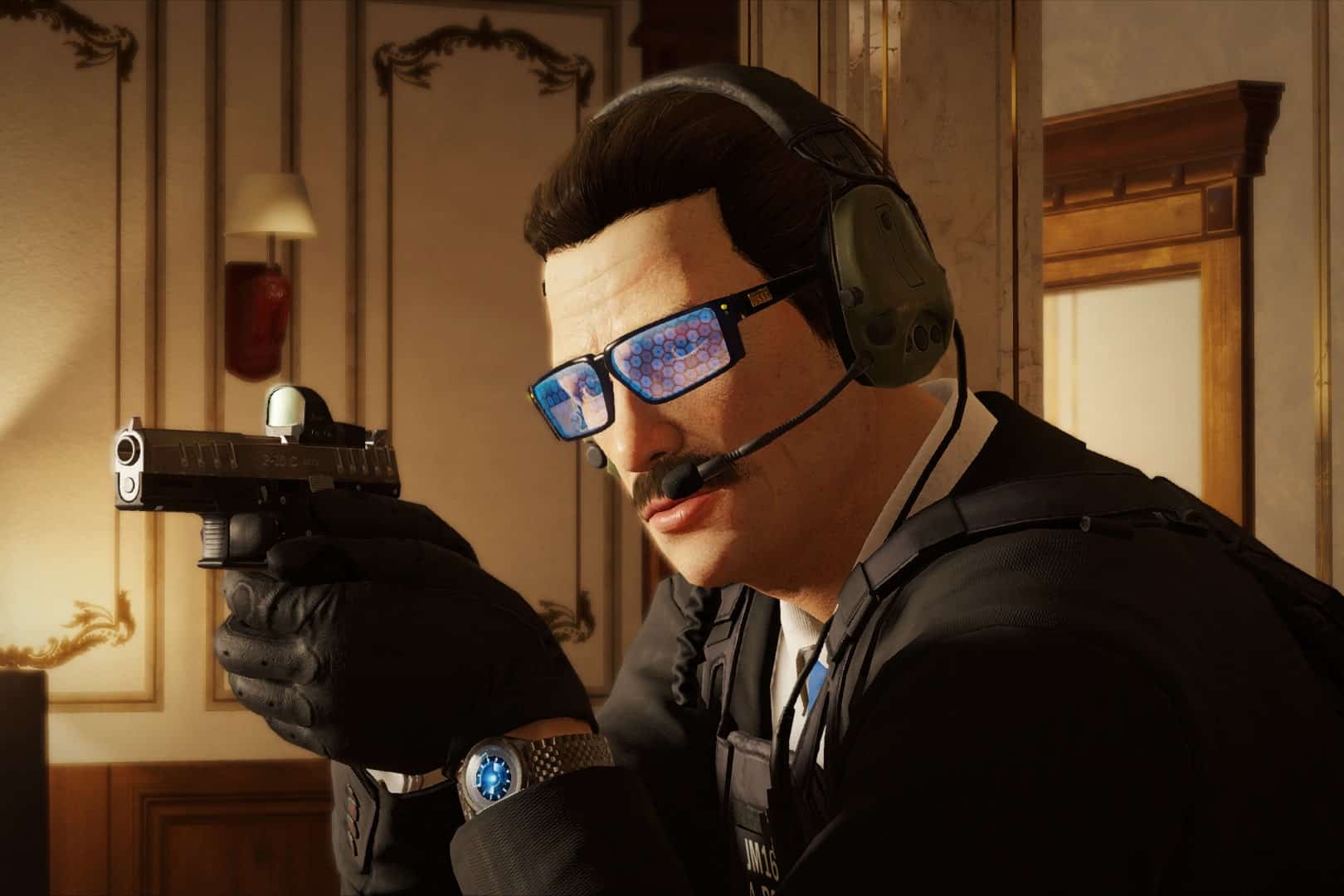
“Not only in video games, but in the entire entertainment industry, there is extensive research on how to cut development costs with AI,” says Diogo Cortiz, a cognitive scientist and professor at the Pontifícia Universidade de São Paulo. Cortiz worries about employment opportunities and fair compensation, and he says that labor rights and regulation in the tech industry may not match the gold rush that’s been indicative of AI adoption. “We cannot outsource everything to machines. If we let them take over creative tasks, not only are jobs less fulfilling, but our cultural output is weakened. It can’t be all about automation and downsizing,” he says, adding that video games reflect and shape society’s values.
Cortiz says that gaming companies must, either as an industry or individually, collaboratively discuss AI, its usage, where it should be applied, and how far it can go. “The committees need to have diversity in terms of gender, age, class, and ethnicity, to discuss and create a more inclusive AI,” he says. “They need to make their AI principles available to everyone.” He adds that gamers should have access to how companies use AI so there can be greater transparency, trust, and more developed digital literacy on the topic.
In practice, that means companies should disclose the AI tools employed in games and make their AI committee available to write public reports and answer questions from all stakeholders involved in a video game—developers, players, and investors.
Labor-Saving or Labor-Crushing?
“Incorporation of AI in our workflows relies on three axes: creating more believable worlds, reducing the number of low-value tasks for our creators, and improving the player experience,” says Yves Jacquier, executive director of Ubisoft La Forge.
Jacquier describes several ways that his company is already experimenting with AI, from smoother AI-driven motion transitions in Far Cry 6, which make the game look more natural, to the bots designed to improve the new player experience in Rainbow Six Siege. There’s also Ghostwriter, an AI-powered tool that allows scriptwriters to create a character and a type of interaction they would like to generate and offers them several variations to choose from and edit.
“Our guiding principle when it comes to using AI for game development is that it needs to assist the creator, not the creation,” Jacquier adds. With a “human-in-the-loop” approach, Jacquier says that AI will not replace or compete with developers, but will facilitate and optimize some aspects of their work, or open new possibilities of creation for them.
“What has constantly changed over the past years is both the maturity and increasingly easy access to more advanced forms of applied AI, and consequently the number of applications for AI in our workflows, such as generative AI,” Jacquier explains. Still, he says that there are far-reaching challenges, such as creating a common framework to train AI models for video games. That, he says, is something that must be addressed collectively across the industry to ensure that AI will be used in a responsible manner and be legally compliant.
No AI Is an Island
As developers wrestle with the challenges and opportunities of bringing AI tools into the development pipeline, those same tools continue to increase in complexity. Mauricio Movilla, a game developer at Activision Blizzard King, explains that the worlds of AI and video games have always been intertwined in some ways.
“While designing a game, if you tell an algorithm that an island can only be next to water or to other islands, it can get that set of rules and continue creating forever,” Movilla explains. As an example, he describes huge automatically and procedurally generated maps in video games that are already created by tools that many of us would call AI.